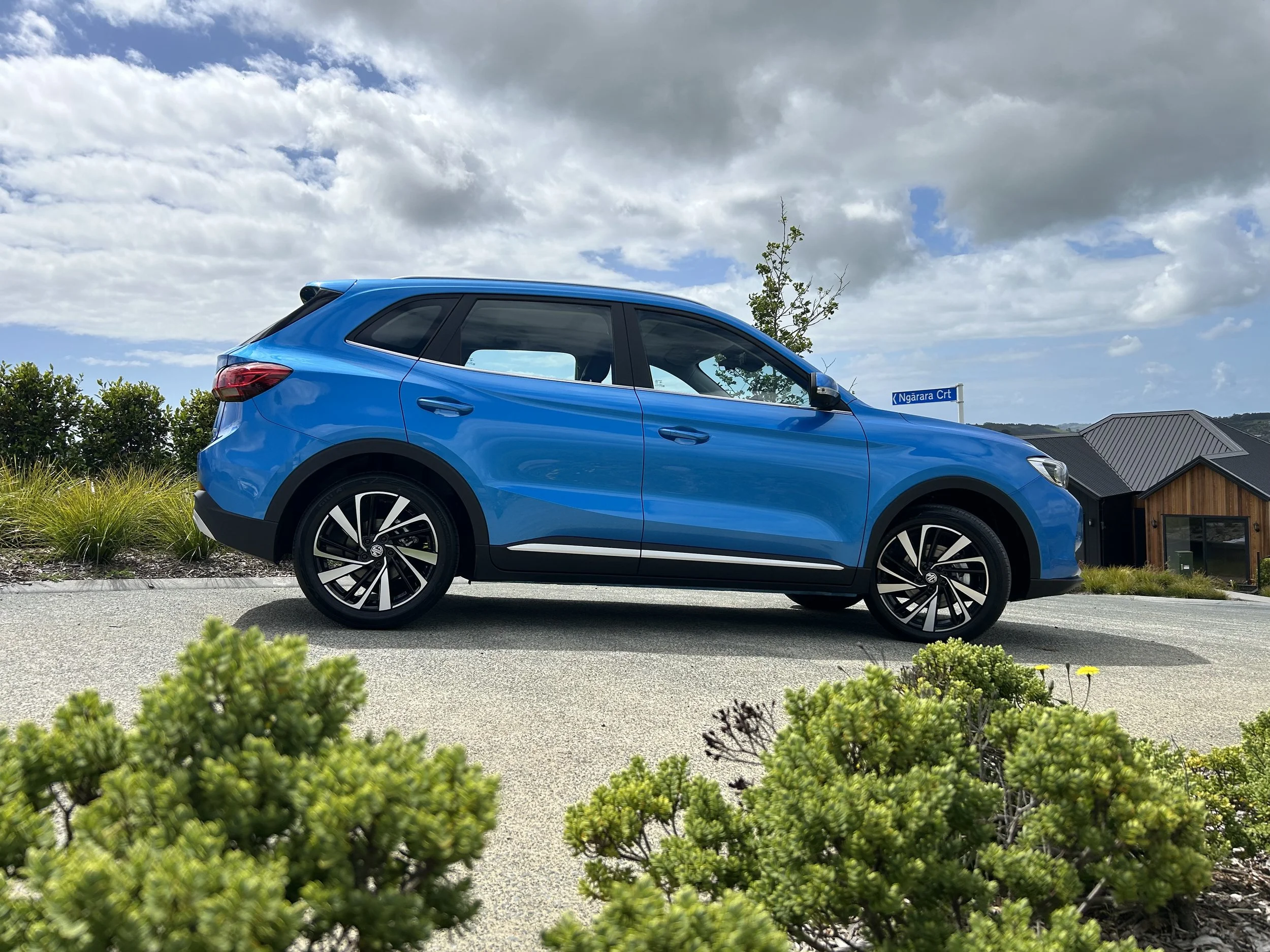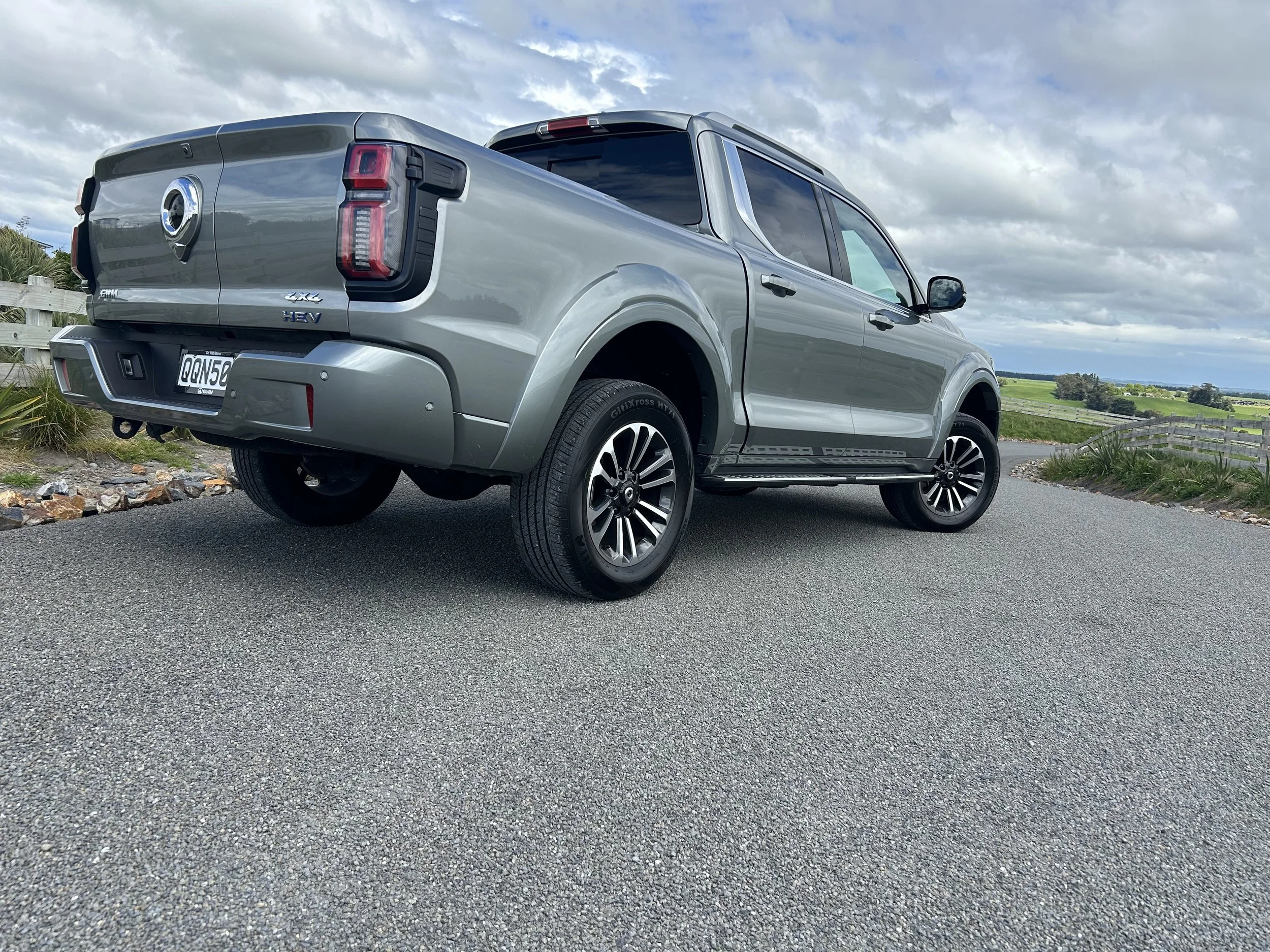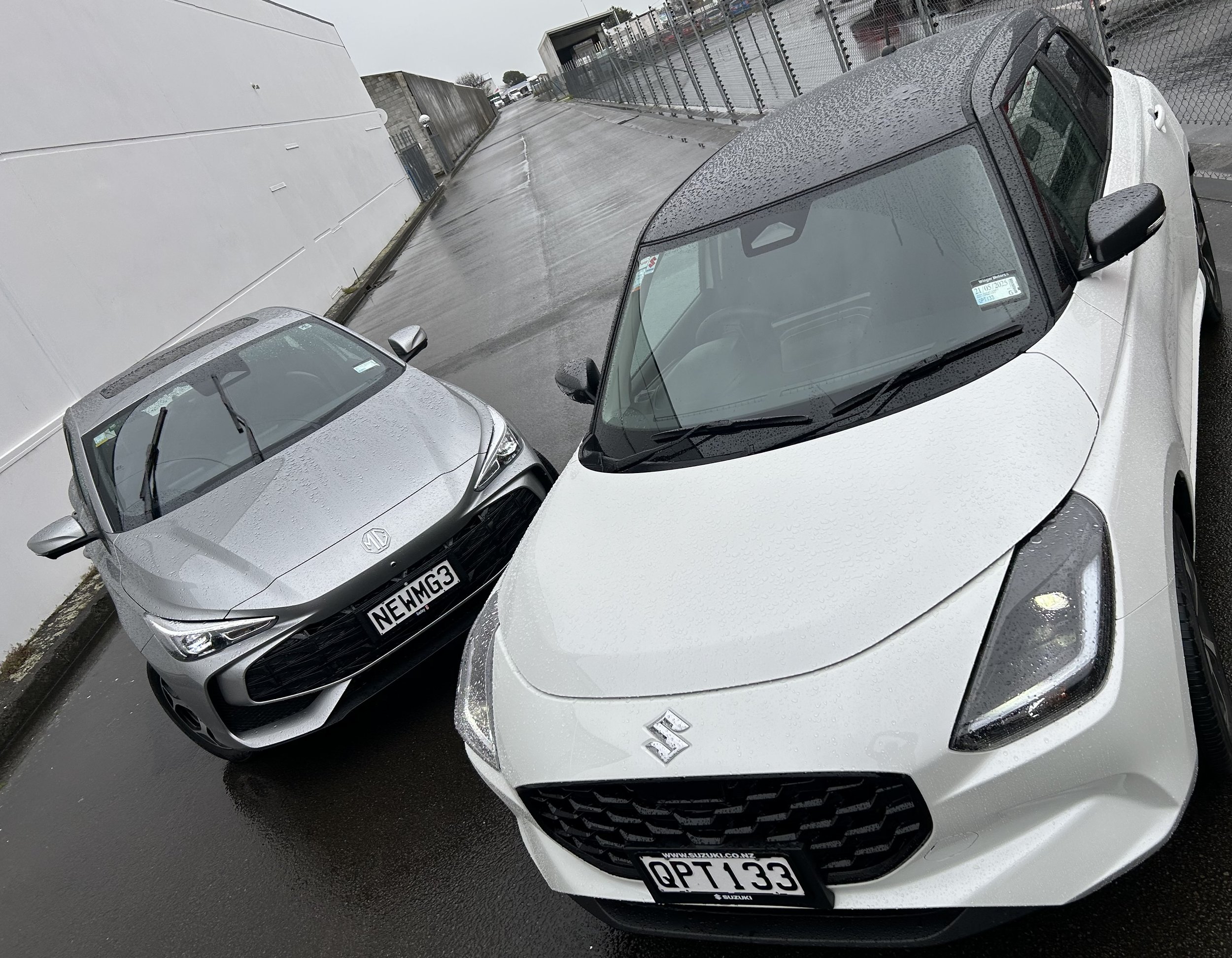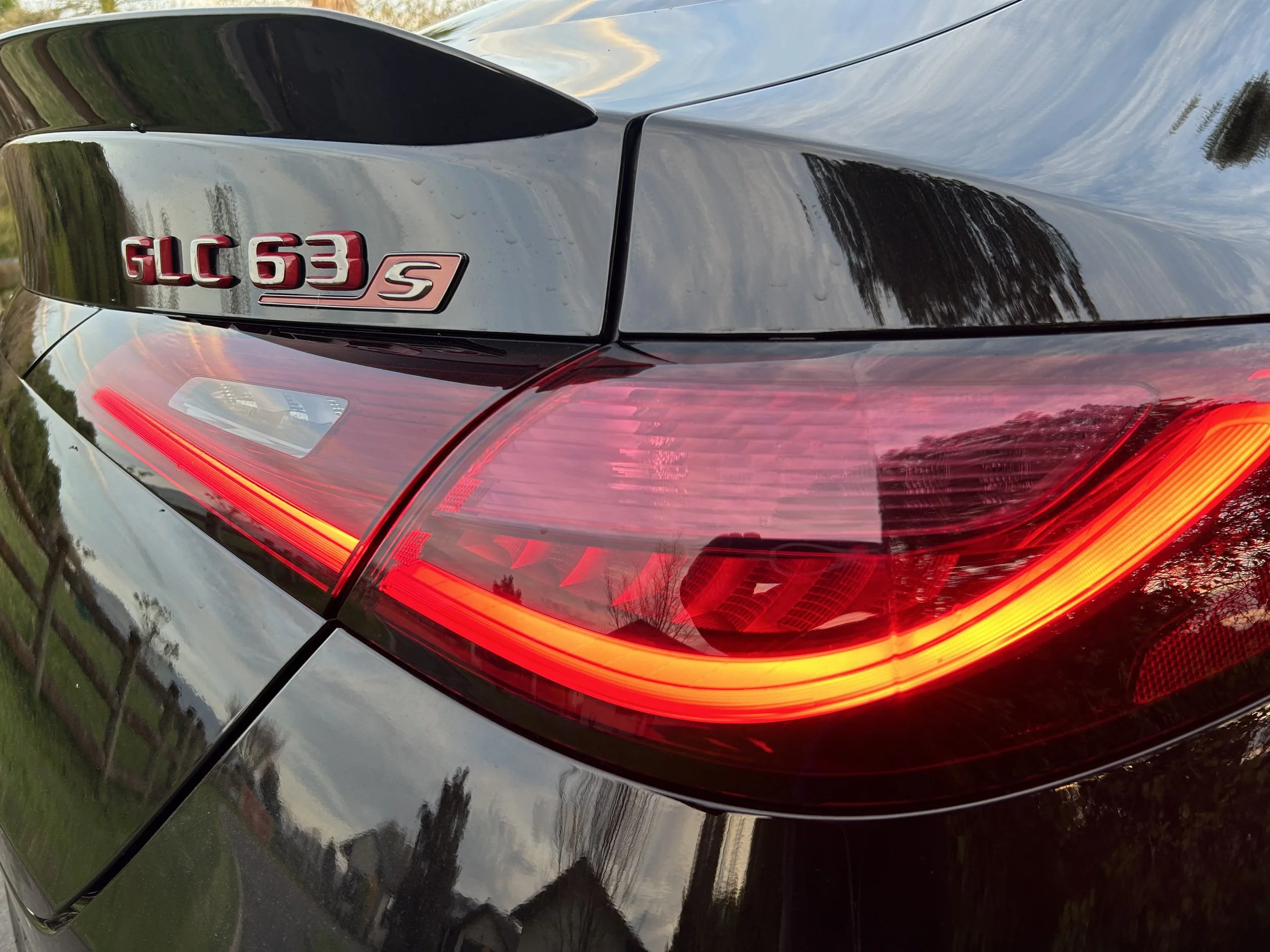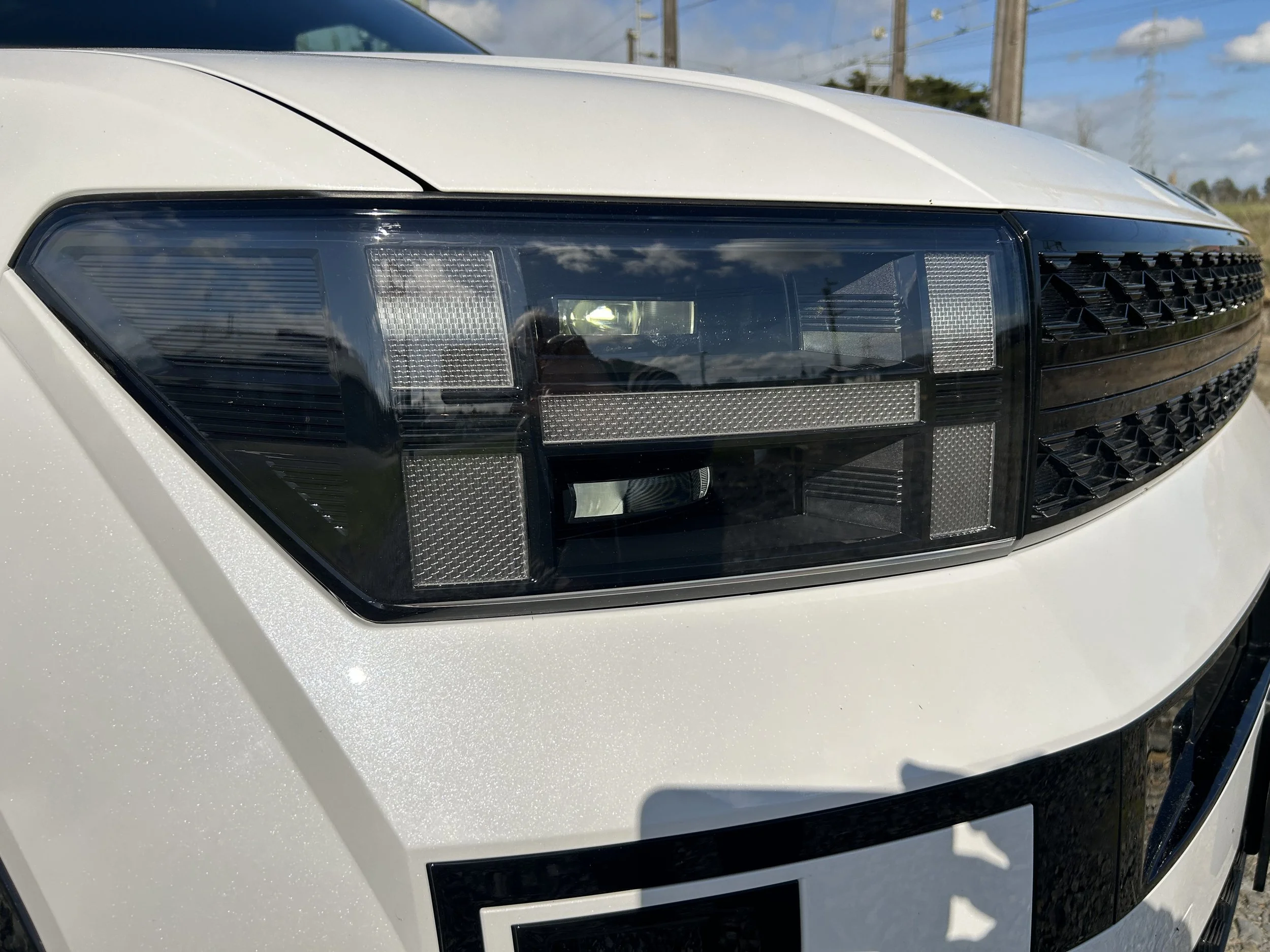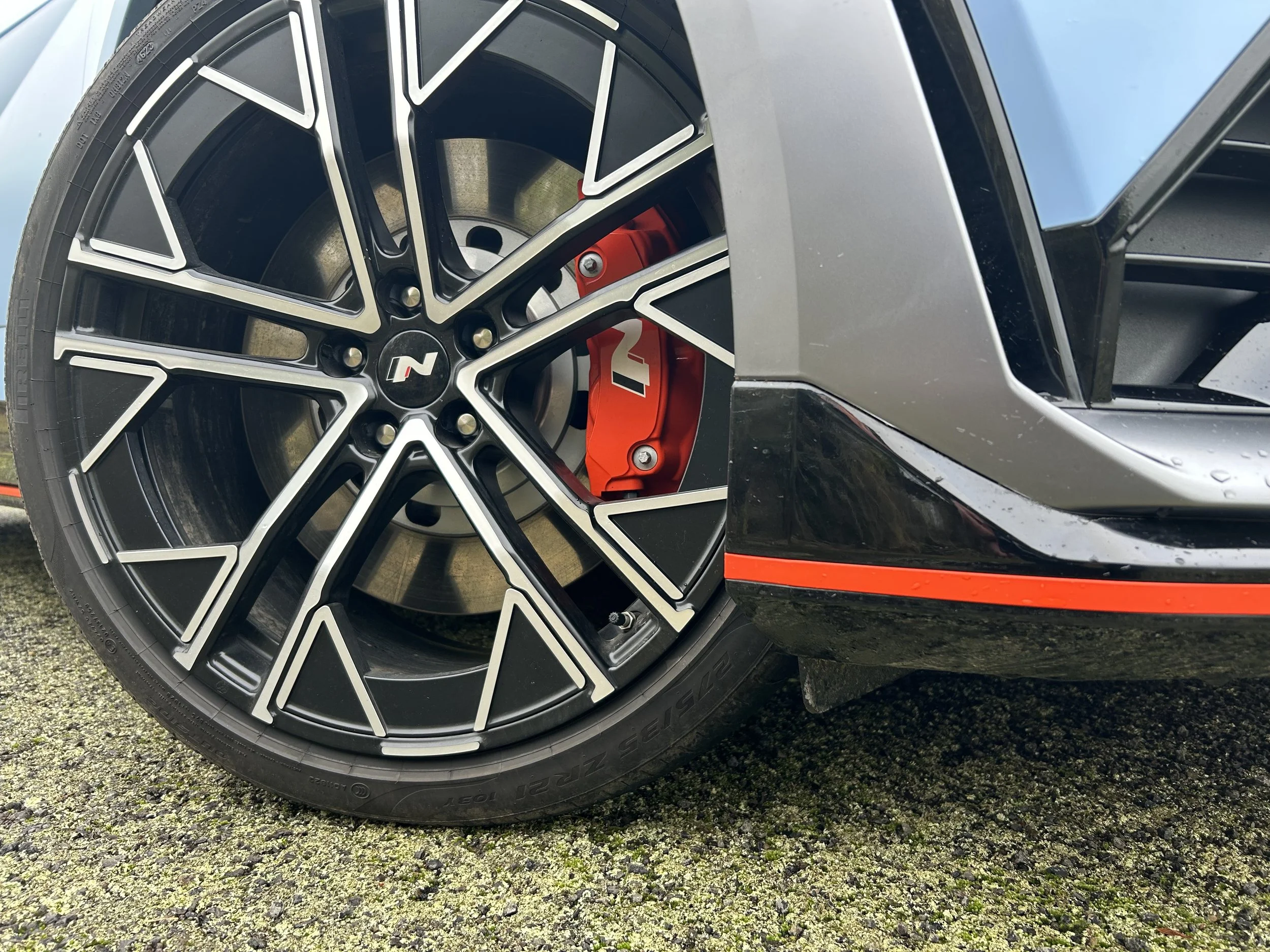CSL Hommage: BMW recreates famous Amon racer
/HERE’S a tribute to a car that was special to a Kiwi racing legend yet will potentially not be at all well known to even ardent petrolheads here.
In a modern context, mention of a ‘batmobile’ kindles thought of Mazda’s RX7 and RX8 coupe. But actually the descriptive was around even before Hiroshima put their first rotary sports car into production.
The very first batmobile was a BMW – the nickname bestowed upon the 3.0 CSL, a sensation of the 1970s and today called one of Germany’s most charistmatic cars.
The CSL made its mark on the touring car scene in the hands of some of the best drivers of the day, including Chris Amon, whose input helped transform it from being a horror into a track hero.
Memory of Munich’s marvel has been rekindled by the factory. Every now and then, BMW releases a concept car that is the design team's way of honouring its classic models.
We’ve seen the M1 Hommage, whose styling precipitated the i8 hybrid sports car, and a spin on the 328, BMW’s best-known pre-WWII car.
Now comes a reimagining of the classic 1970s coupé with the 3.0 CSL Hommage. It’s a concept car unlikely to ever go into production that goes big on its interpretations of the big rear spoiler and beefed body kit that were features of the original race cars.
Amon is best known, by the factory at least, for having raced a CSL to victory at the 1973 German Touring Car Grand Prix at Nurburgring. H
The CSL is also remembered today as being an epochal road car – the forerunner to the mighty 635CSi – another circuit great – and today’s M6. However, it would not have reached the road had not BMW aspired to go racing in the European Touring Car Championship teamed with German ace Hans-Joachim Stuck.
The first CSL was specially built in 1972 by Alpina so that the factory could be eligible for a race series that was perfect for promoting their car-making at a time when Mercedes was still far and away the best-known German brand.
BMW cut soundproofing – and also the rust-proofing - and used aluminium for the doors, bonnet and boot lid to trim weight and fitted Perspex windows. They were supposed to build 1000 examples for homologation but found them hard to shift in that volume. Imagine was those examples would be worth now!
The race cars took a large and deep fron spoiler beneath the twin grilles, air-guiding fences on top of the front wings, a full width wind deflector atop the roof (to tidy the air flow over the rear screen) and a boot-mounted aerofoil that sat atop the rear spoiler. The latter was actually delivered to road car buyers but as a DIY kit, as it lacked type approval for public use. Back then everyone was still learning about aero effect, but these changes were clearly effective; reducing the car’s lap time on the ‘Ring by 15 seconds.
So it looked like the right weapon to takes against Ford’s then-dominant Cologne Capri. And, ultimately, it was: Six ETCC titles say it all. Yet while Amon was to recount “some nice memories of the CSL" he said that, on first driving it in early 1973 first impression was: "This is awful."
It was just a matter of adjusting to the type of car. Until then he'd raced mostly in single-seaters or sports cars. Transferring to “something that rolled and moved about as much as a touring car” was a real shock. “However, after getting used to that aspect I really enjoyed driving them."
Epic battles with the factory Fords stick in his mind. But so too the CSL’s stonking speed. “At Spa that year on the old circuit we were lapping within about 20-something seconds of a F1 time in a four-minute lap.” That would have been an average speed in the 210kmh) range.
BMW doesn’t talk about performance potential of its tribute concept. But it does tilt its cap to history with some subtlety. For instance, you’ll find the classic BMW blue and red lining a curved wooden dashboard. There's even an element in the centre console that allows occupants to strap down their racing helmets.






